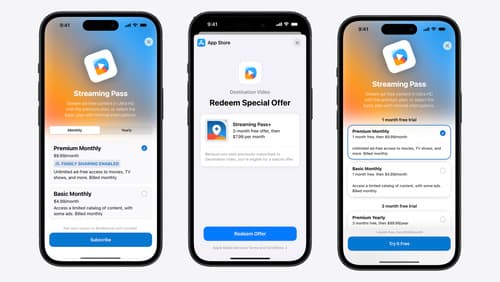Asset catalogs
Asked on 2025-03-23
1 search
Asset catalogs are mentioned in the context of the "Platforms State of the Union" session at WWDC 2024. In this session, Swiftassist is used to reference images from an asset catalog when creating a struct for a classic Mac, which includes an image name property. This demonstrates how asset catalogs can be utilized in app development to manage and reference images efficiently.
For more details, you can refer to the Platforms State of the Union (24:49) session.

Bring expression to your app with Genmoji
Discover how to bring Genmoji to life in your app. We’ll go over how to render, store, and communicate text that includes Genmoji. If your app features a custom text engine, we’ll also cover techniques for adding support for Genmoji.

Platforms State of the Union
Discover the newest advancements on Apple platforms.

What’s new in StoreKit and In-App Purchase
Learn how to build and deliver even better purchase experiences using the App Store In-App Purchase system. We’ll demo new StoreKit views control styles and new APIs to improve your subscription customization, discuss new fields for transaction-level information, and explore new testability in Xcode. We’ll also review an important StoreKit deprecation.
